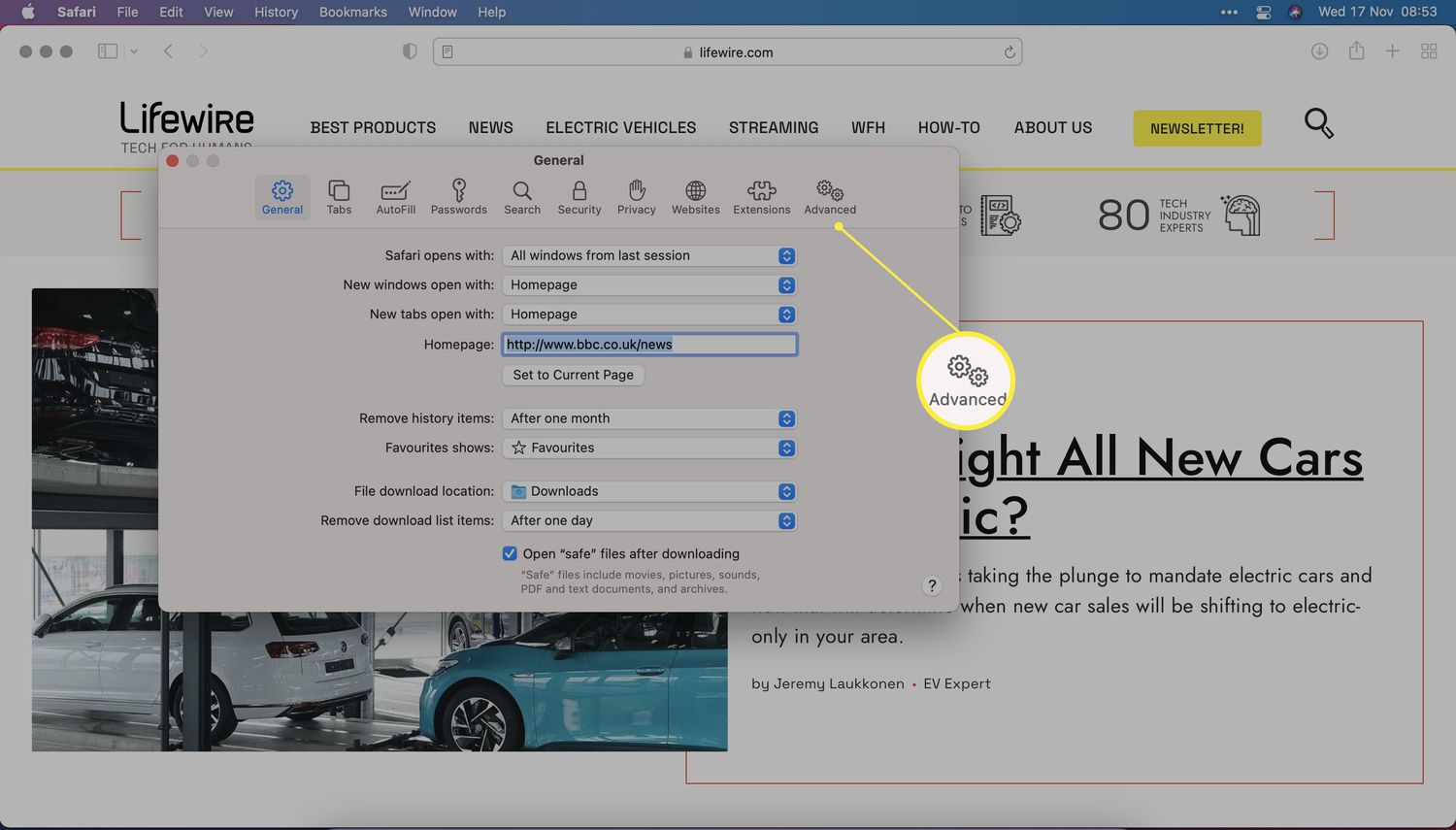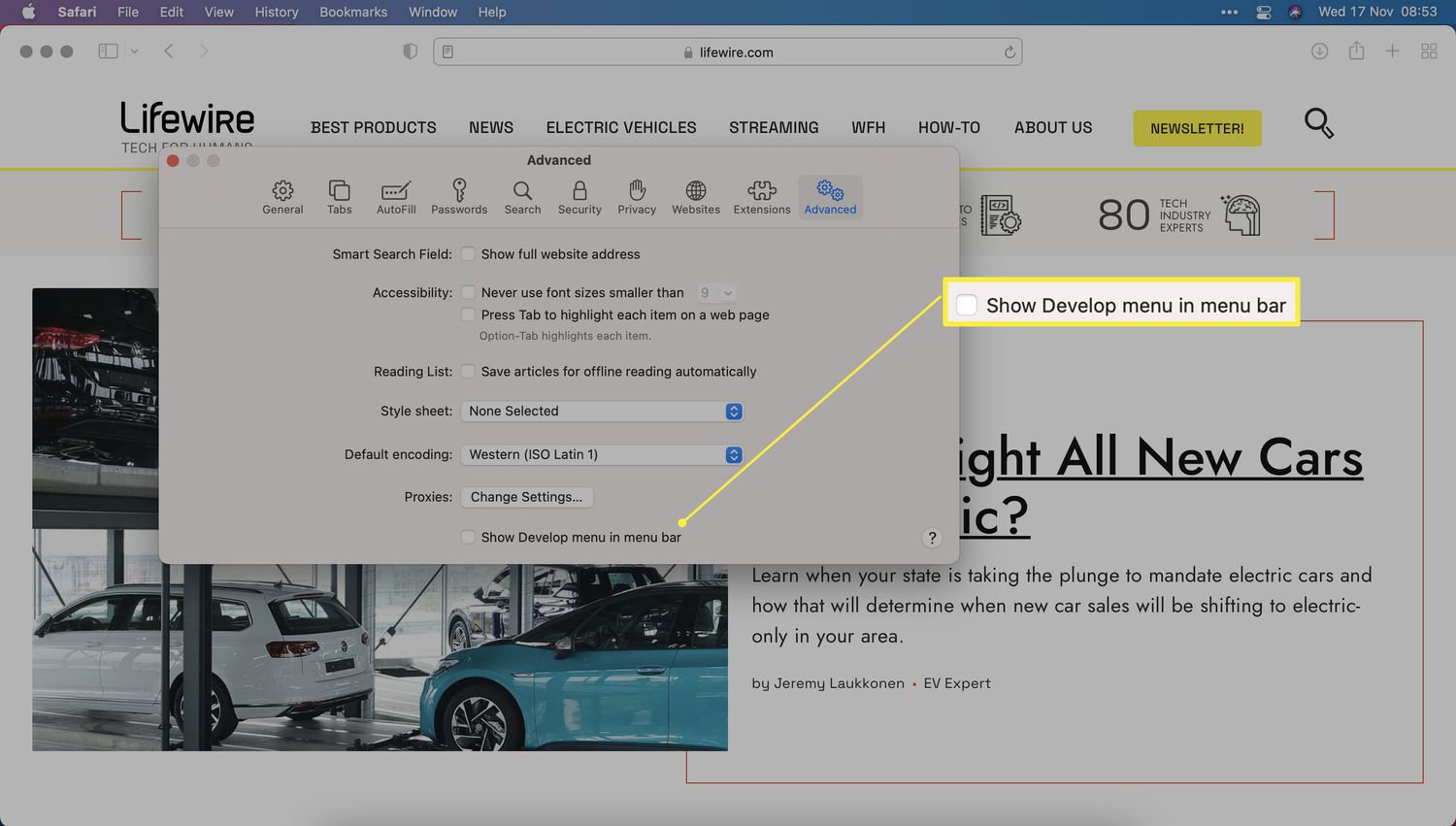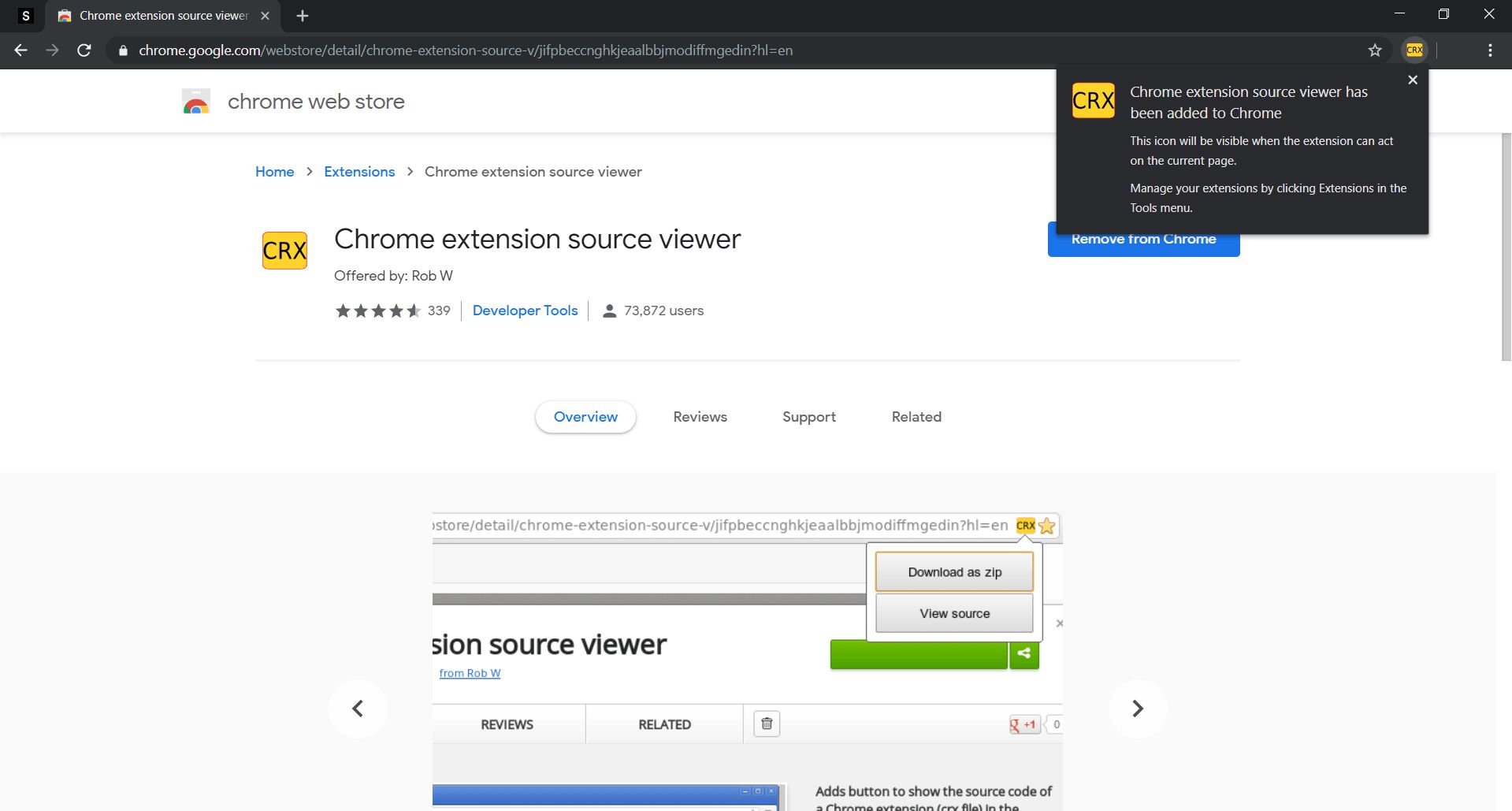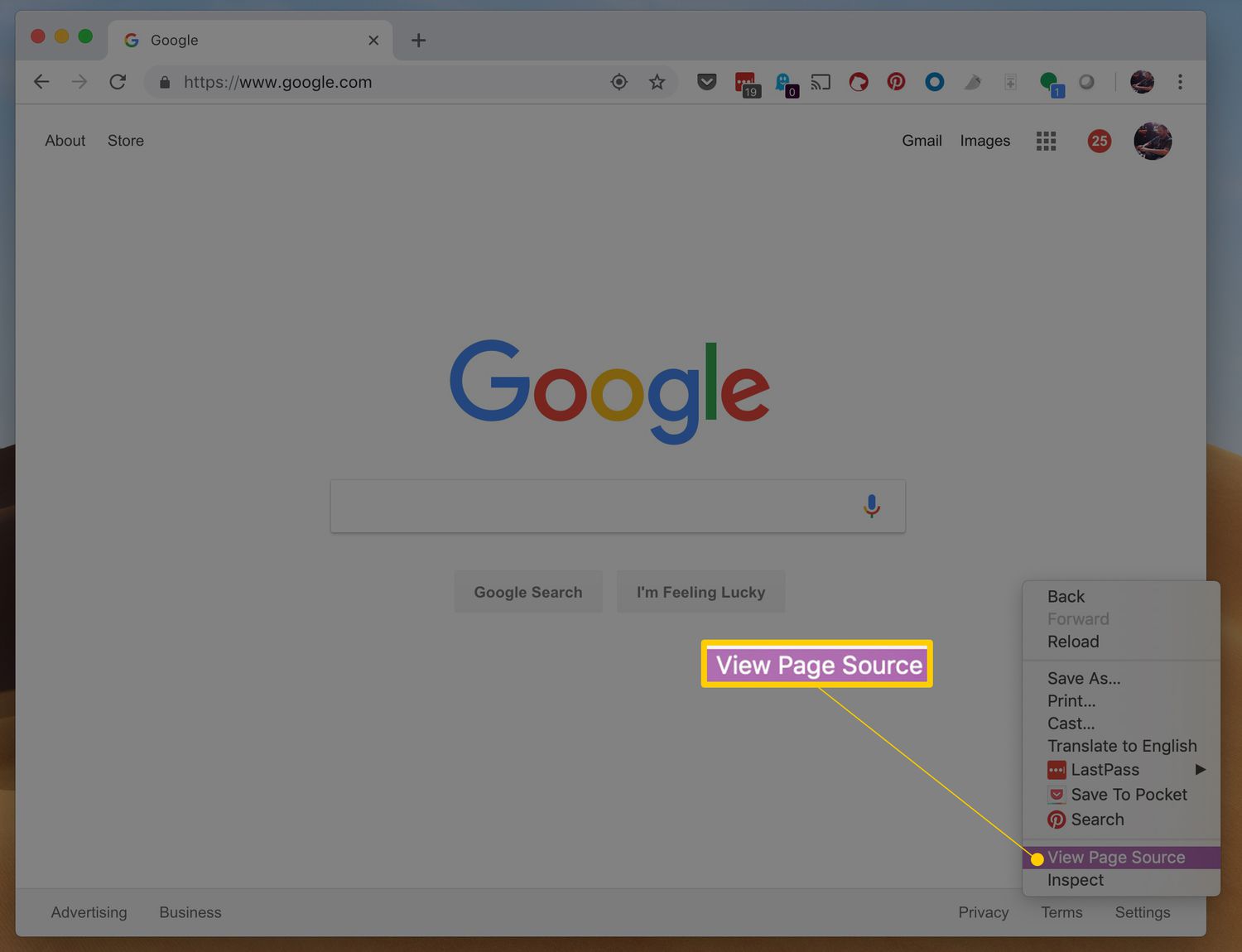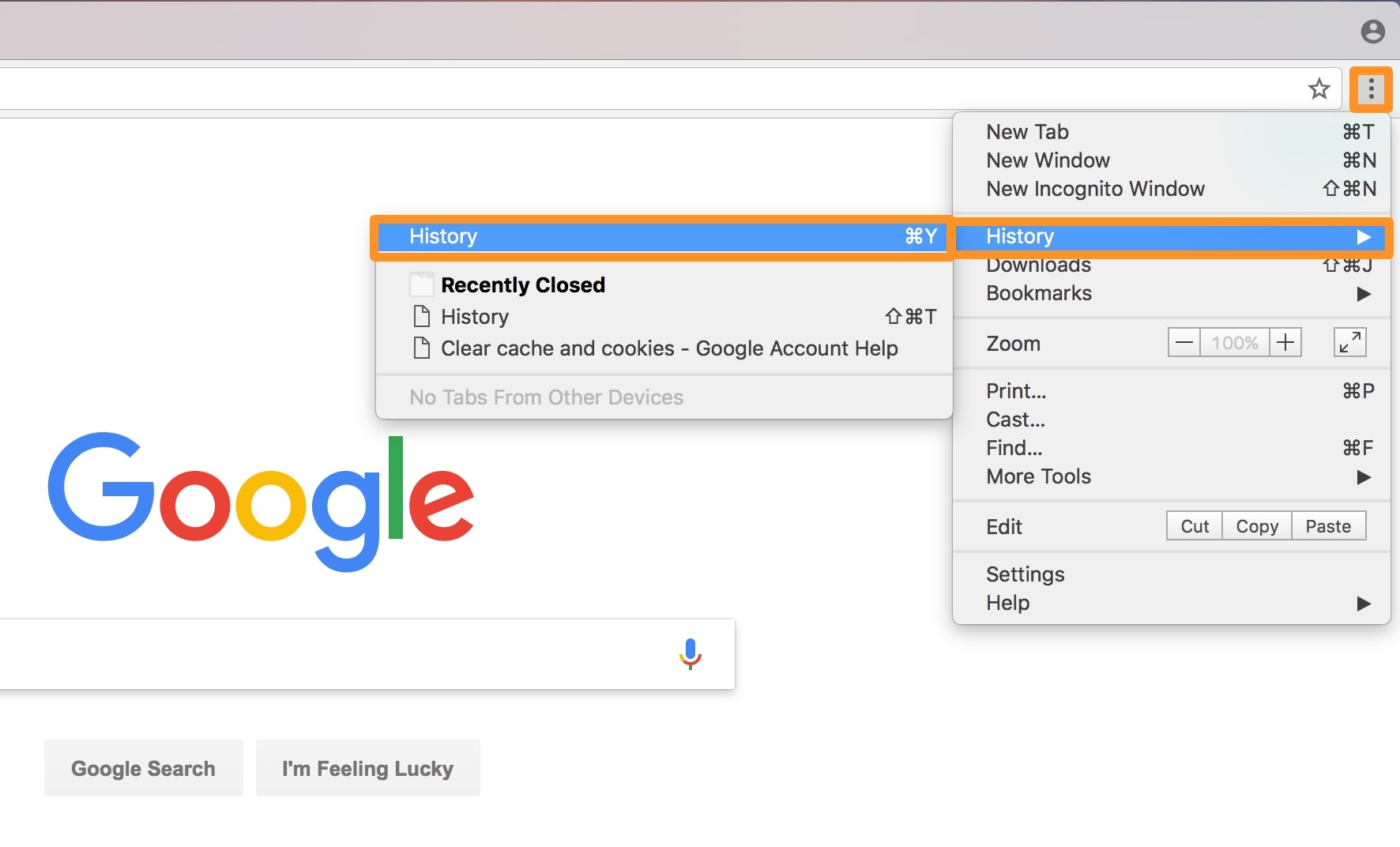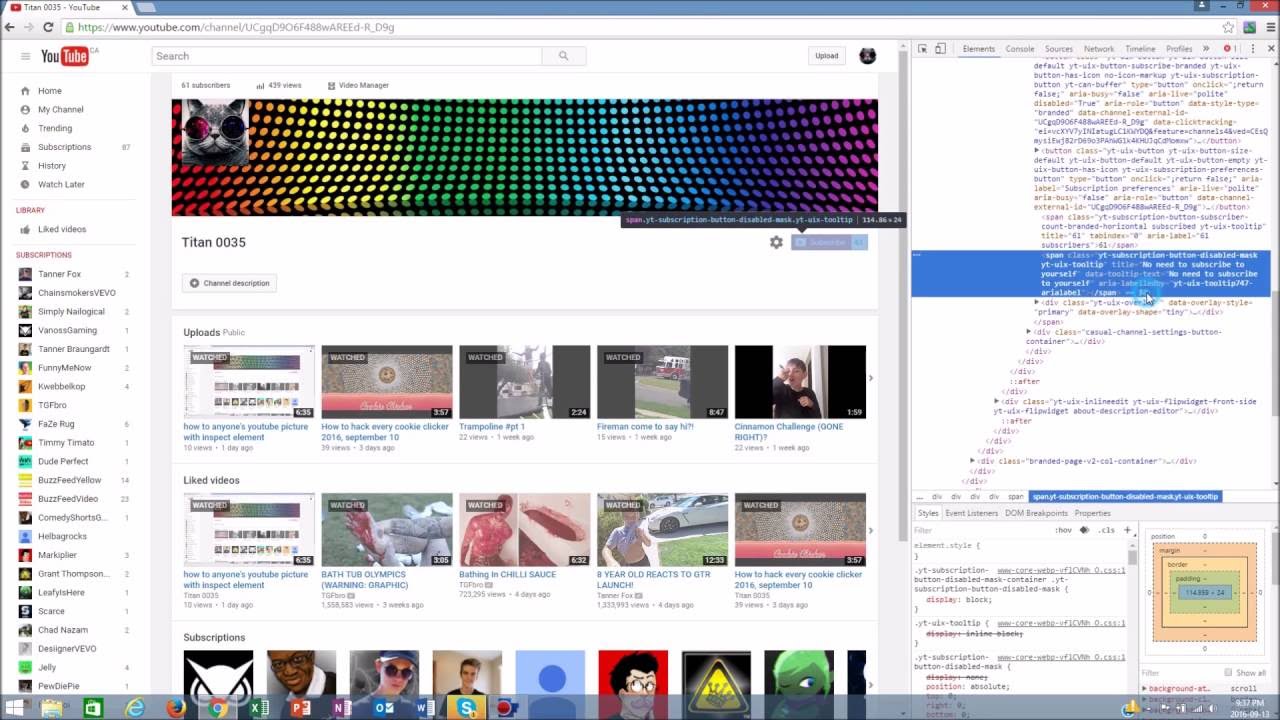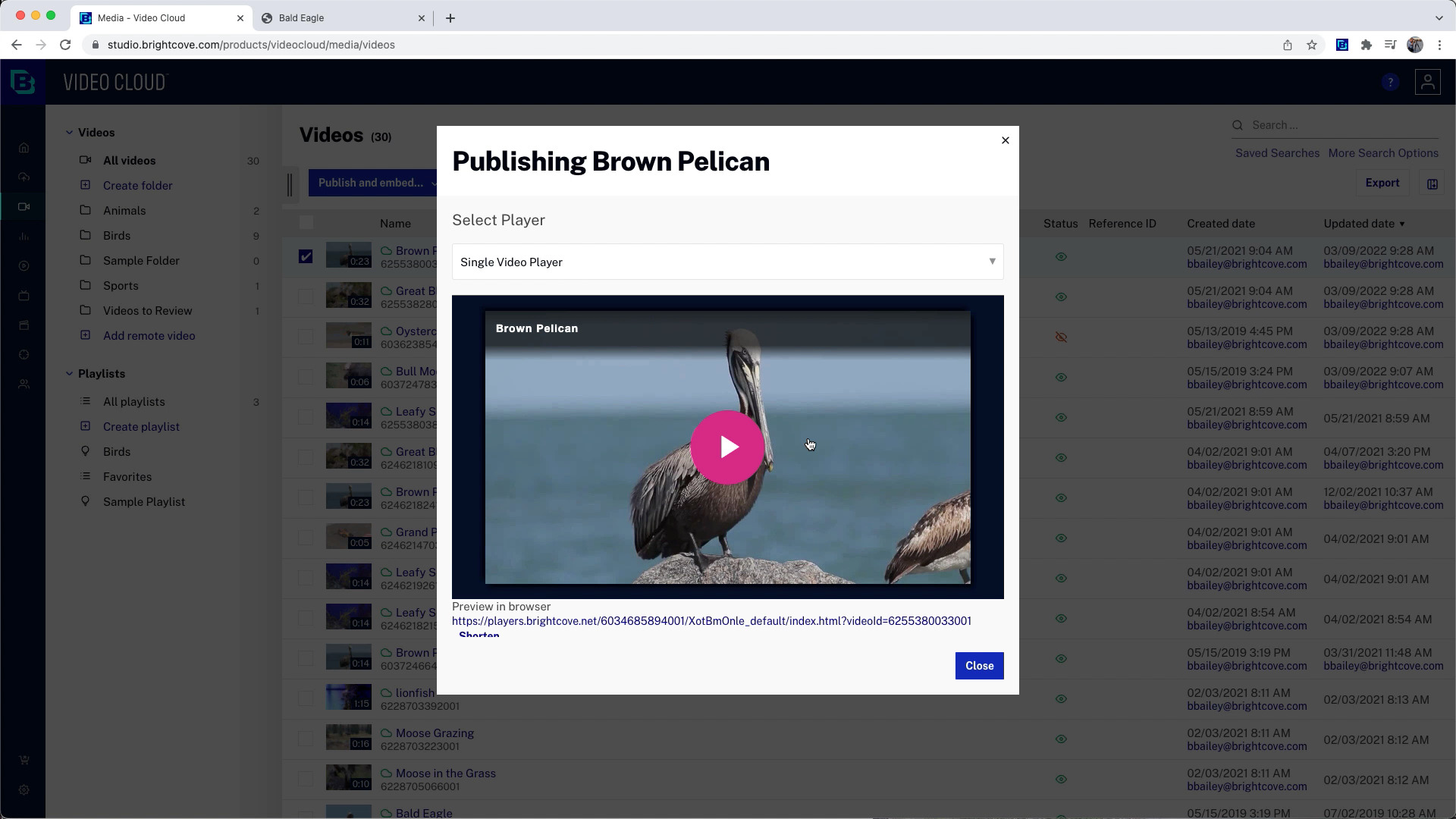Introduction
When it comes to web development and troubleshooting, having the right tools at your disposal can make all the difference. Google Chrome, one of the most popular web browsers, offers a powerful set of developer tools that allow users to inspect and modify various elements of a webpage. Whether you're a seasoned developer or a curious individual looking to explore the inner workings of a website, Chrome's Developer Tools can provide valuable insights and functionalities.
In this article, we'll delve into the process of inspecting and modifying elements on Google Chrome for Mac. By the end of this guide, you'll have a solid understanding of how to leverage Chrome's built-in tools to examine the structure and styles of web elements, make on-the-fly changes, and even save those modifications for future reference.
So, if you're ready to embark on a journey through the intricacies of web development, grab your Mac, fire up Google Chrome, and let's dive into the fascinating world of inspecting and modifying elements on the web!
Opening Chrome Developer Tools
To begin our exploration of inspecting and modifying elements on Google Chrome for Mac, the first step is to open the Chrome Developer Tools. This powerful suite of tools provides a comprehensive set of functionalities for analyzing and manipulating web elements, making it an indispensable resource for web developers and enthusiasts alike.
There are several ways to access the Chrome Developer Tools on a Mac. One of the most straightforward methods is to right-click on any element within a webpage and select "Inspect" from the context menu. This action will open the Developer Tools panel, revealing a wealth of information about the selected element, including its HTML structure, CSS styles, and more.
Alternatively, you can access the Developer Tools by navigating to the Chrome menu in the top-right corner of the browser window, selecting "More Tools," and then choosing "Developer Tools" from the submenu. This method provides direct access to the full suite of developer-oriented features, allowing you to inspect and manipulate elements with precision.
For those who prefer keyboard shortcuts, pressing Command + Option + I on your Mac keyboard will also open the Developer Tools, providing a quick and convenient way to dive into the inner workings of a webpage.
Once the Developer Tools panel is open, you'll be greeted with a multifaceted interface that consists of several tabs, each serving a specific purpose. From the "Elements" tab, where you can inspect and modify the HTML structure of the page, to the "Console" tab, which allows you to interact with the JavaScript console, the Developer Tools offer a comprehensive toolkit for dissecting and understanding the intricacies of web elements.
In the next sections, we'll explore how to leverage the Developer Tools to inspect and modify elements, empowering you to gain valuable insights into the composition of webpages and make real-time adjustments to their appearance and behavior. So, with the Developer Tools at your fingertips, let's embark on a journey through the fascinating realm of web development and exploration.
Inspecting Elements
Inspecting elements is a fundamental aspect of web development and design, and Google Chrome's Developer Tools provide a robust environment for carrying out this task with precision and efficiency. When you inspect an element on a webpage, you gain valuable insights into its underlying structure, styles, and attributes, allowing you to understand how it contributes to the overall composition of the page.
Upon opening the Developer Tools and navigating to the "Elements" tab, you'll be presented with a hierarchical view of the HTML structure of the webpage. Each element is represented as a node within the tree, showcasing its relationship to other elements and providing a clear visualization of the document object model (DOM). By expanding and collapsing nodes, you can traverse the DOM and pinpoint specific elements within the page, gaining a comprehensive understanding of their nesting and positioning.
As you hover over different elements within the "Elements" panel, Chrome highlights the corresponding areas on the webpage, offering a visual correlation between the HTML structure and the rendered content. This interactive highlighting feature facilitates the identification of specific elements and aids in understanding their spatial distribution within the page layout.
Furthermore, the "Styles" pane within the "Elements" tab displays the CSS styles applied to the selected element, enabling you to inspect and modify various style properties such as color, size, positioning, and more. By examining the computed and inherited styles, you can discern the cascade of styles affecting the element, shedding light on the intricacies of CSS inheritance and specificity.
In addition to inspecting individual elements, the Developer Tools allow you to analyze the box model of an element, revealing its dimensions, padding, border, and margin. This comprehensive visualization of the box model empowers you to fine-tune the layout and spacing of elements, ensuring a cohesive and visually appealing design.
By inspecting elements within the Developer Tools, you can gain a profound understanding of the structural and presentational aspects of a webpage, equipping you with the knowledge and insights needed to optimize its layout, styles, and functionality. This process of exploration and analysis forms the cornerstone of effective web development, enabling developers and designers to craft compelling and user-friendly web experiences.
With a solid grasp of inspecting elements, you're now poised to delve into the realm of modifying elements, where you can leverage the Developer Tools to make real-time adjustments to the appearance and behavior of web elements. Let's embark on this next phase of our journey, as we unravel the art of modifying elements with finesse and precision.
Modifying Elements
Modifying elements within a webpage is a pivotal aspect of web development and design, and Google Chrome's Developer Tools offer a versatile platform for making real-time adjustments to the appearance and behavior of web elements. By leveraging the powerful editing capabilities of the Developer Tools, you can fine-tune styles, manipulate content, and experiment with dynamic changes, all within the confines of your browser window.
Editing Styles
Within the "Elements" tab of the Developer Tools, you can seamlessly modify the CSS styles of individual elements, allowing you to tailor their appearance to your exact specifications. By right-clicking on a specific style property, such as color, font size, or margin, you can override the existing value and apply custom adjustments. This intuitive editing interface provides instant visual feedback, enabling you to witness the impact of your style modifications in real time.
Adding and Removing Attributes
In addition to manipulating styles, the Developer Tools empower you to add, remove, or modify HTML attributes associated with elements. Whether it's adding a new class, changing the value of an attribute, or removing unnecessary attributes, the ability to manipulate the underlying HTML structure grants you unparalleled control over the composition and behavior of web elements.
Live Editing
One of the most compelling features of the Developer Tools is the capability to perform live edits directly within the rendered webpage. By double-clicking on text content or attribute values, you can enter an edit mode that allows you to modify the content inline, providing a seamless and dynamic editing experience. This live editing functionality streamlines the process of refining textual content and fine-tuning attribute values, all while observing the immediate impact on the page.
Experimenting with Dynamic Changes
Beyond static modifications, the Developer Tools enable you to experiment with dynamic changes, such as altering the dimensions of elements, repositioning them within the layout, or toggling visibility and display properties. This dynamic manipulation of elements grants you the freedom to explore various design scenarios and assess their visual and functional implications, fostering a creative and iterative approach to web development.
By mastering the art of modifying elements within the Developer Tools, you gain the ability to refine the visual presentation, enhance the user experience, and troubleshoot layout issues with precision and agility. This hands-on approach to element manipulation empowers you to iterate rapidly, refine design concepts, and elevate the quality of web experiences, making the process of web development an engaging and dynamic endeavor.
With a firm grasp of modifying elements, let's proceed to explore the process of saving changes made within the Developer Tools, ensuring that your insightful modifications are preserved for future reference and refinement.
Saving Changes
As you immerse yourself in the captivating realm of web development and design, the ability to save and preserve your insightful modifications within Google Chrome's Developer Tools becomes a crucial aspect of your workflow. While the Developer Tools empower you to make real-time adjustments to elements, it's essential to ensure that your meticulous changes are retained for future reference, refinement, and collaboration.
Persisting Modifications
Upon refining the styles, attributes, and content of web elements using the Developer Tools, Chrome offers a seamless mechanism for persisting these modifications. Once you are satisfied with the changes made to the webpage, you can navigate to the "Sources" tab within the Developer Tools, where you'll find the "Changes" sub-tab. This dedicated space serves as a repository for the alterations you've applied to the page, presenting a comprehensive overview of the modified files and resources.
Saving to Local Overrides
To capture and retain your modifications, Chrome provides the functionality to save changes to local overrides. This powerful feature allows you to create a persistent override for a specific file, capturing the alterations made to its content, styles, or resources. By right-clicking on a modified file within the "Changes" sub-tab and selecting "Save for overrides," you can store your edits locally, ensuring that they persist across page reloads and browser sessions.
Seamless Collaboration
The ability to save changes to local overrides extends beyond individual experimentation, offering a collaborative dimension to web development. By sharing the locally overridden files with team members or collaborators, you can facilitate seamless collaboration and iteration, allowing others to review, refine, and build upon the modifications made within the Developer Tools. This collaborative workflow fosters a synergistic approach to web development, enabling teams to collectively enhance the visual presentation and functionality of webpages.
Version Control Integration
For advanced workflows and version control integration, Chrome's local overrides seamlessly integrate with Git, enabling you to manage and track your modifications using familiar version control systems. By leveraging the power of Git within the context of local overrides, you can maintain a structured and organized approach to preserving your changes, ensuring that they are seamlessly integrated into your broader development workflow.
By embracing the process of saving changes within Google Chrome's Developer Tools, you elevate your web development journey to a new level of efficiency, collaboration, and precision. The ability to persist and share your insightful modifications empowers you to refine designs, troubleshoot issues, and collaborate seamlessly, making the process of web development an engaging and dynamic endeavor.
With a firm grasp of saving changes and the comprehensive capabilities of the Developer Tools, you are well-equipped to navigate the intricacies of web development with confidence and creativity. As you continue to explore and experiment within the captivating realm of web design, the power to save and preserve your modifications ensures that your journey is marked by innovation, collaboration, and impactful web experiences.







